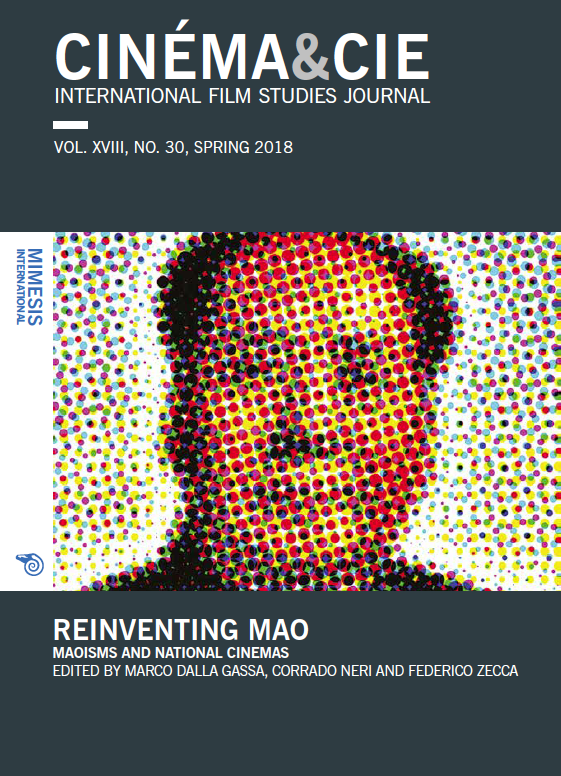Ethnographies of the Khmer Rouge Revolution Democratic Kampuchea in Movies (1975-1978)
Abstract
By 1978, the Khmer Rouge regime in Cambodia engaged in a limited ‘open door’ policy under the pressure of its Chinese ally. The country had been carefully sealed off thus far, but in need of a more positive image abroad, the leaders of Democratic Kampuchea invited journalists from friendly countries and representatives from Western Maoist organisations. These visitors lmed their journey in Cambodia in order to show the international public what the Khmer Rouge had achieved economically and socially within a few years. The paper examines two of the resulting productions: Kampučija 1978 (Kampuchea 1978, 1978) by Yugoslav lm director Nikola Vitorović and Democratic Kampuchea (Demokratiska Kampuchea, 1978) by Swedish writer Jan Myrdal. Drawing on anthropologist Faye Ginsburg’s application of the notion of ‘parallax effect’, it compares the two works with Khmer Rouge propaganda movies. It proposes to investigate through an ethnographic lens the articulation of ‘us’ and ‘them’ performed in these lms, and the way ideology both shaped and challenged forms of solidarity and identi cation. It argues that the ‘parallax effect’ enables a more nuanced view of the lmic representation of Democratic Kampuchea in the years 1975-1978, far from the monolithic perception people may have of it today.






